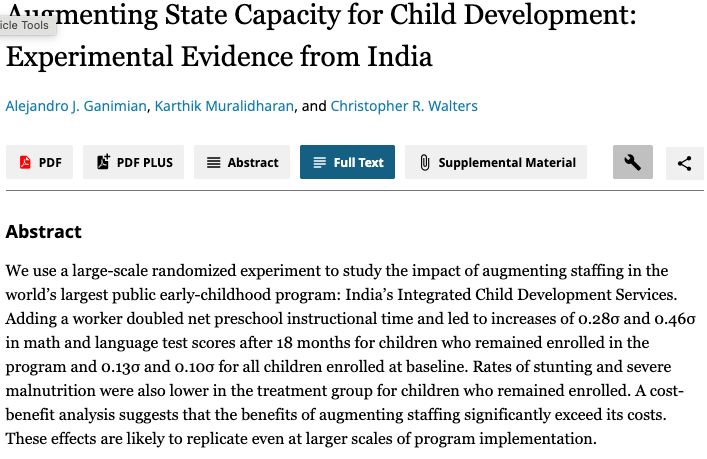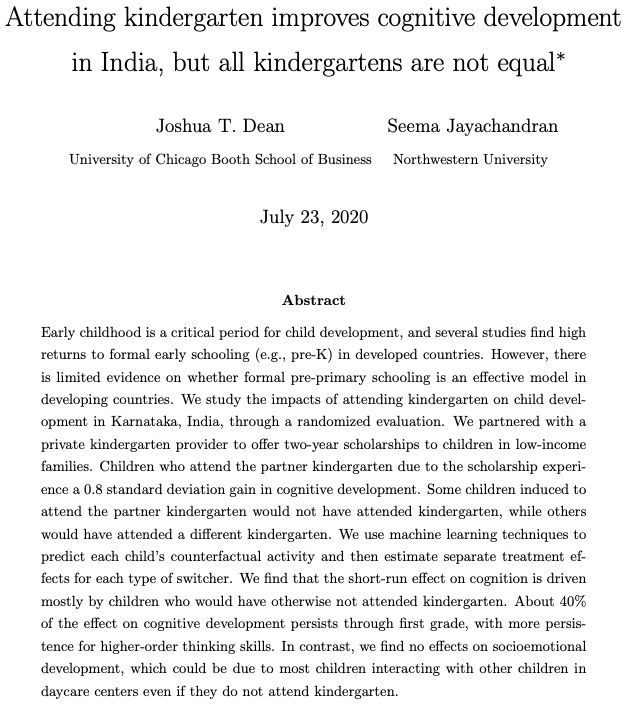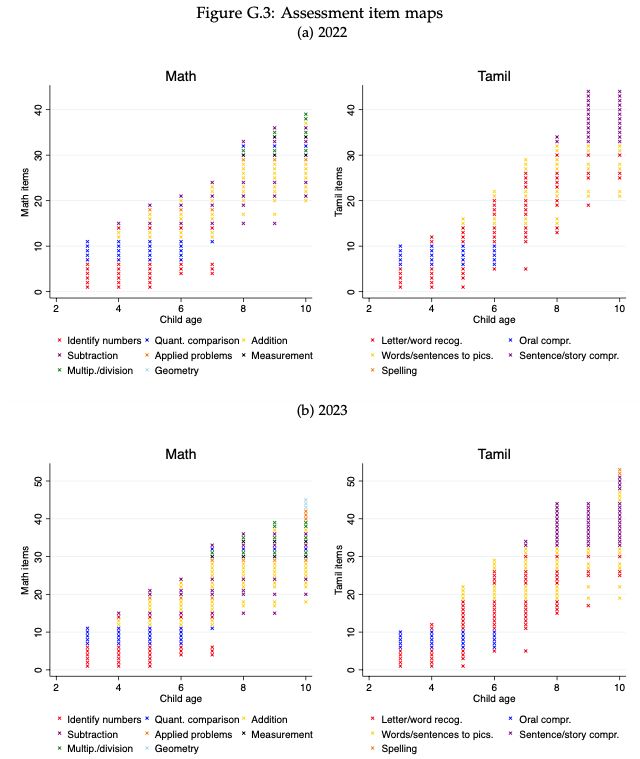Mauricio Romero
@marome1.bsky.social
1.7K followers
1.3K following
120 posts
Colombian in Mexico. Mountaineer, cyclist, climber. Associate Professor of Economics at ITAM. https://mauricio-romero.com/
Education
34%
Computer science
26%
Posts
Media
Videos
Starter Packs
























